Alexander Cartwright
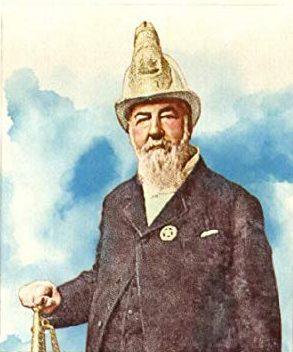
| Birthdate | 4/17/1820 |
| Death Date | 7/12/1892 |
| Debut Year | |
| Year of Induction | 1938 |
| Teams | Knickerbockers |
| Position | Executive |
A founding member of the Knickerbockers, baseball’s first organized baseball team, Alexander Cartwright was instrumental in formalizing the game’s rules.
Leave a commentIn the collection:
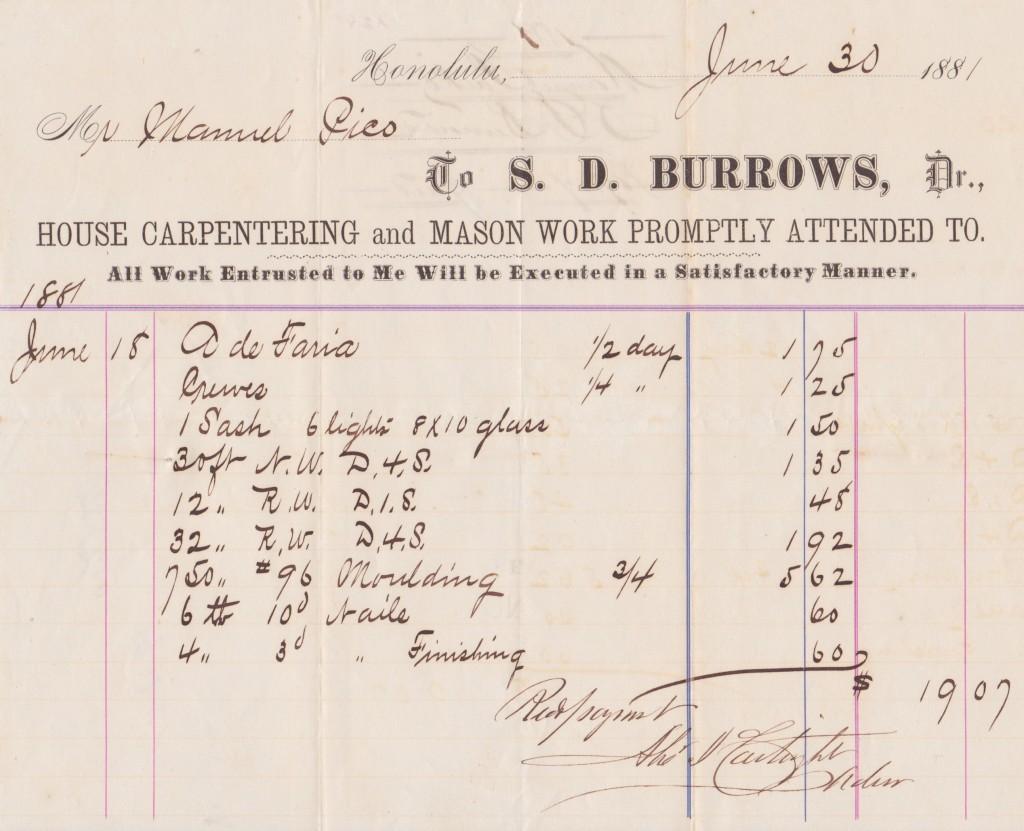
Alexander Cartwright's autograph on a woodworking receipt from 1883
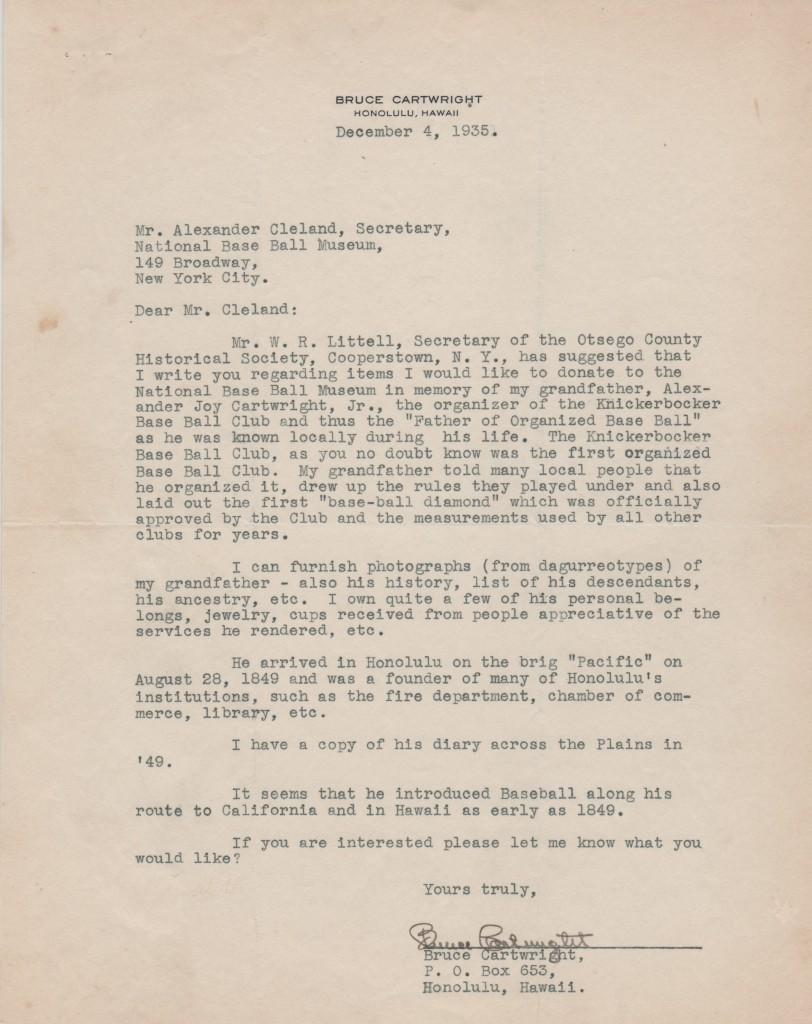
Letter to HoF secretary from Alexander Cartwright's grandson dated four years before opening of the Hall
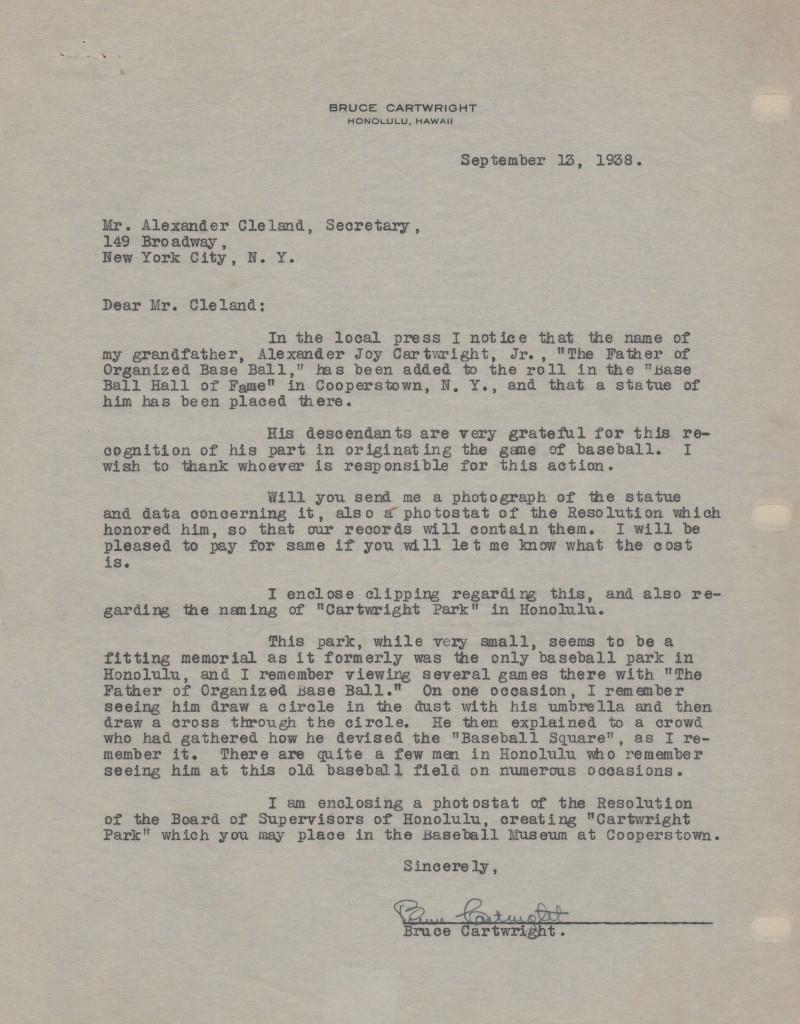
Letter of 9/13/38 from Cartwright's grandson to the HoF - amazing content
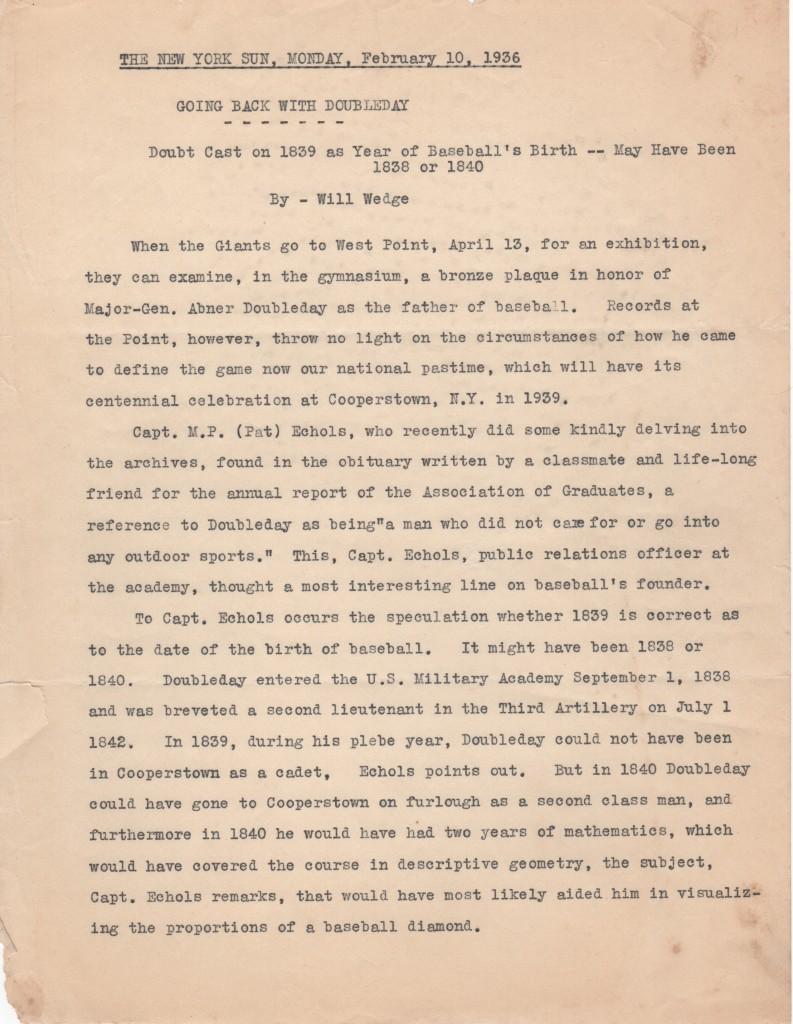
First of four pages promoting Alexander Cartwright and Abner Doubleday as baseball pioneers
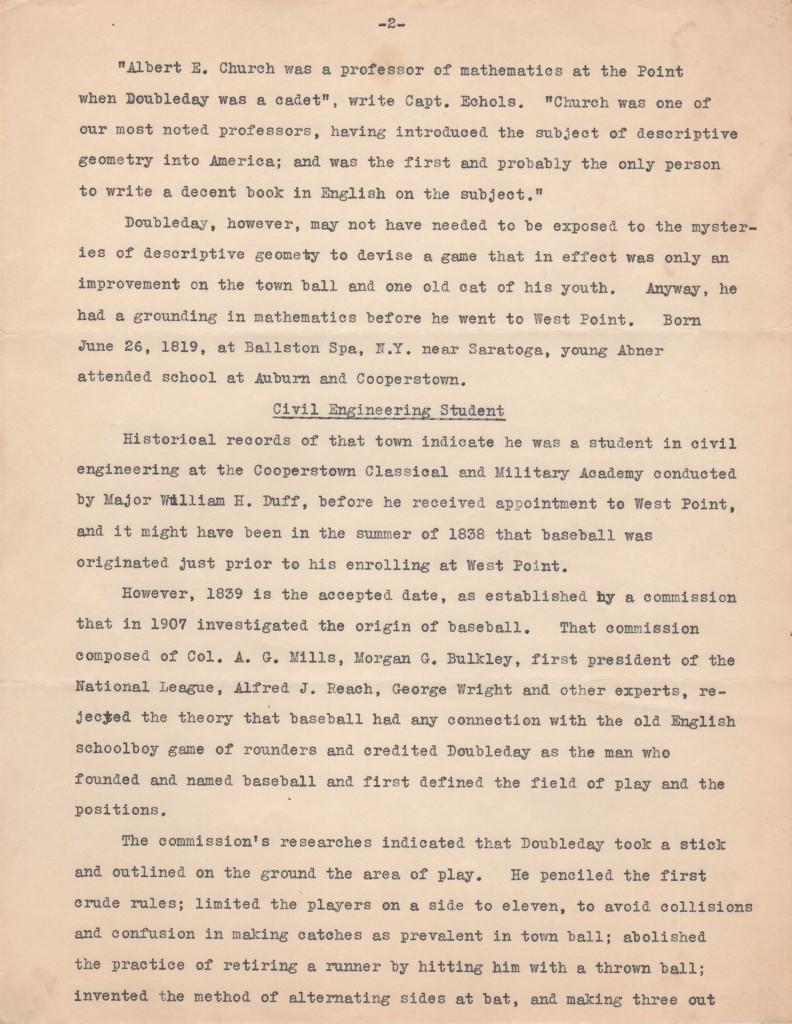
Second page of four-page testimony trumpeting Doubleday
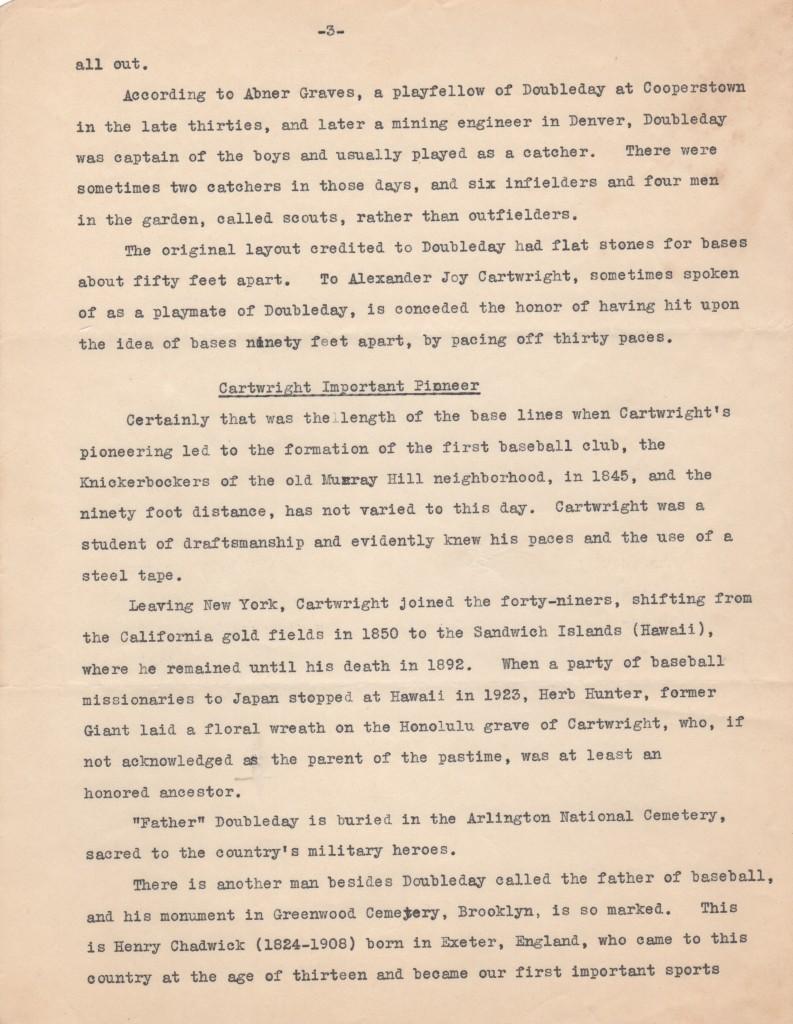
Page three -- finishing Doubleday, starting on Cartwright and Henry Chadwick
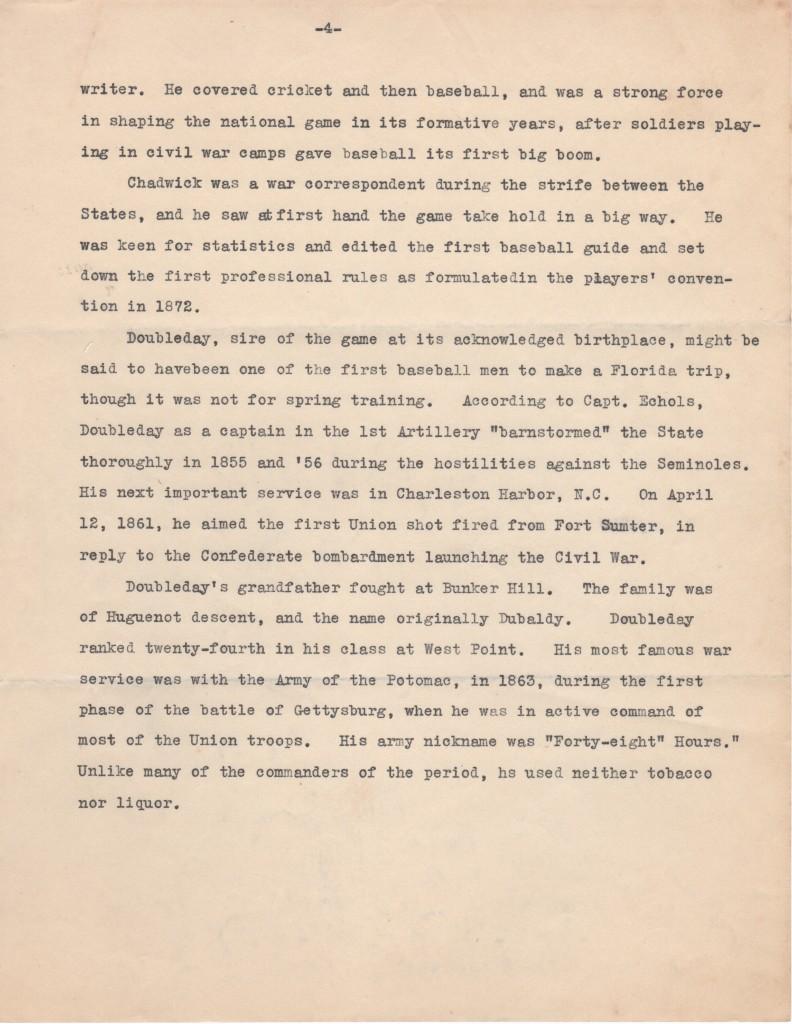
Final page -- More on Chadwick and Cartwright
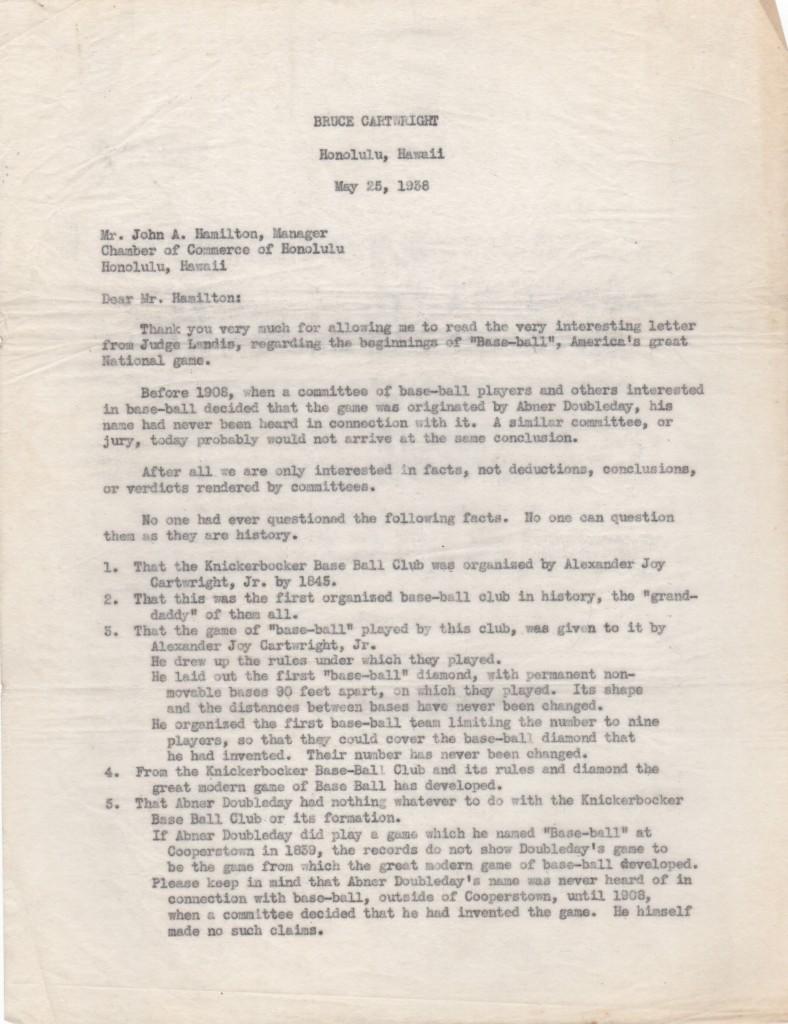
Cartwright's grandson writes to the Hawaii Chamber of Commerce
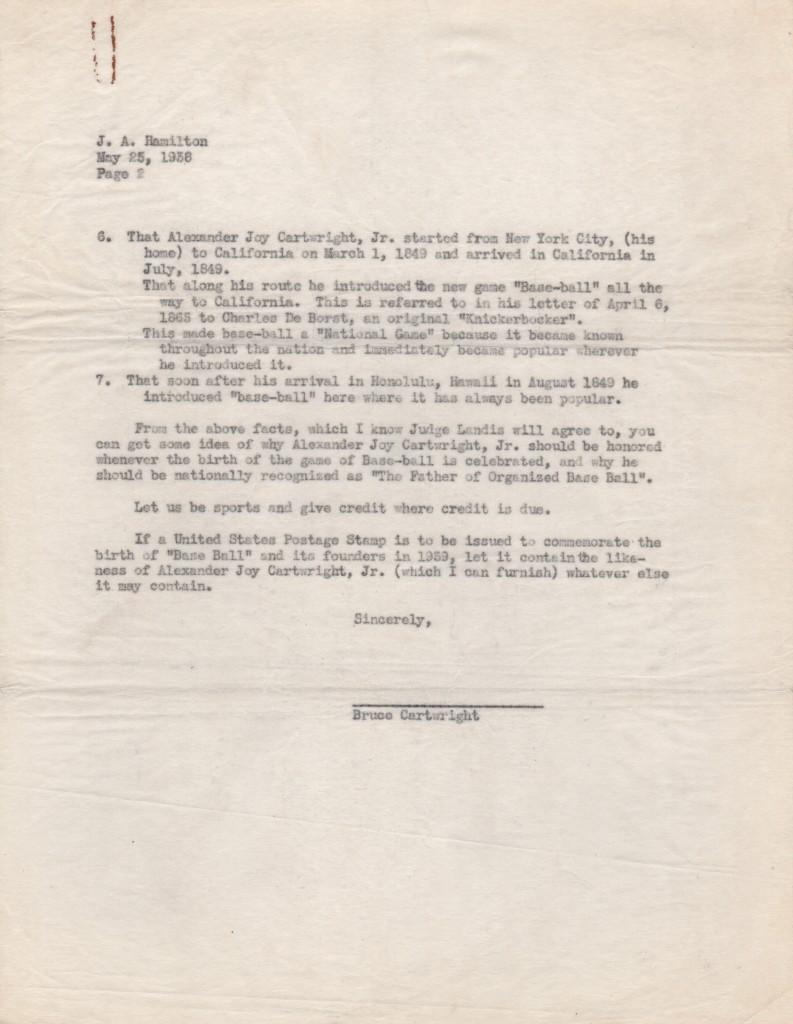
Second page of Cartwright letter to Chamber of Commerce
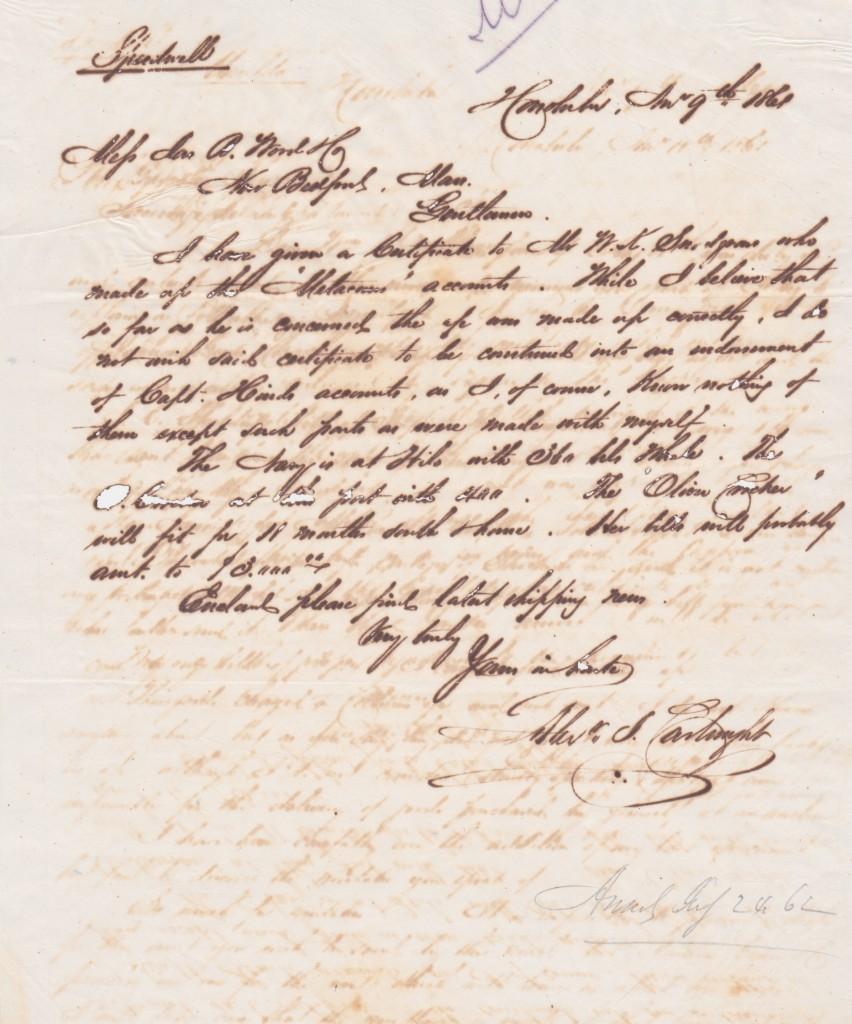
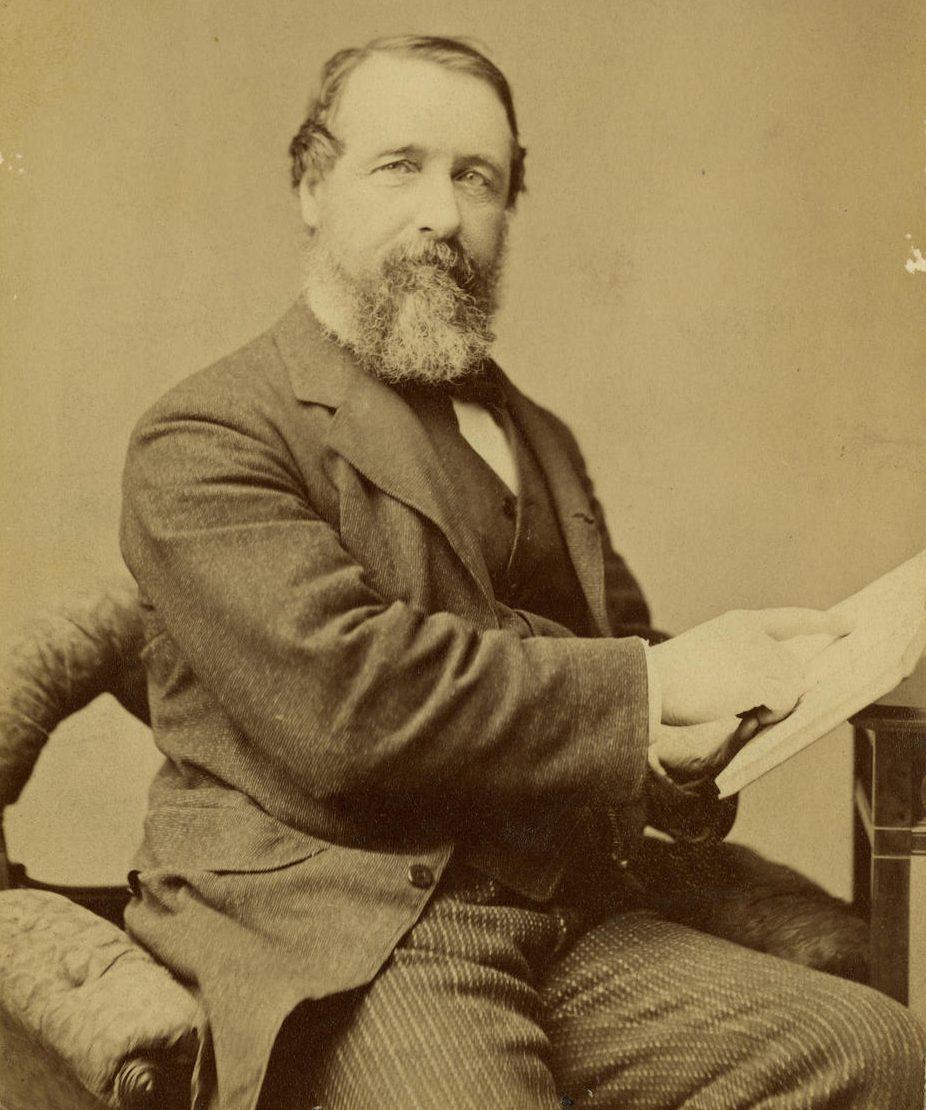
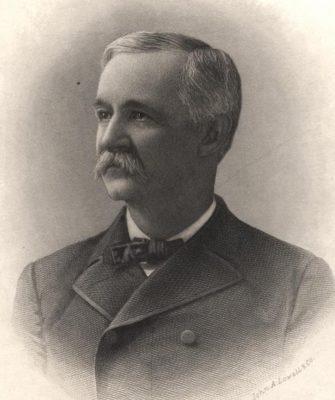
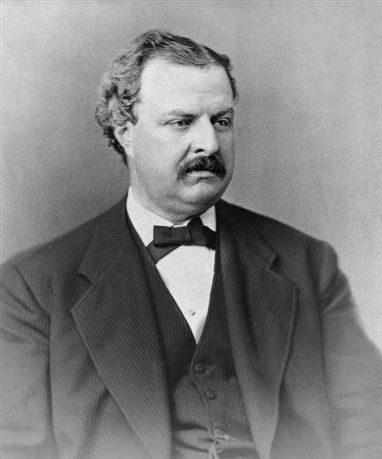
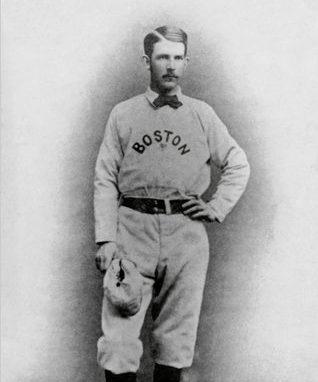
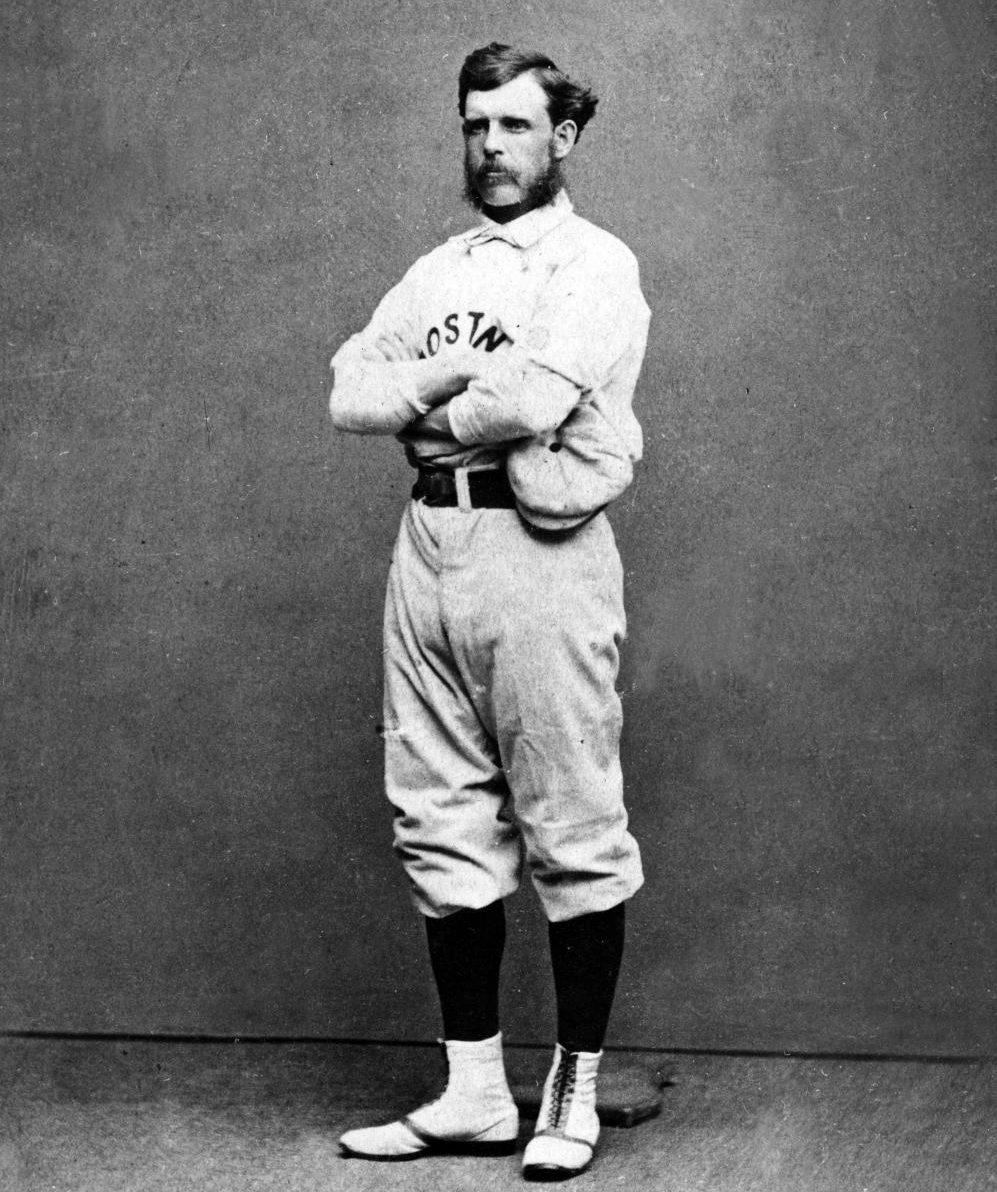
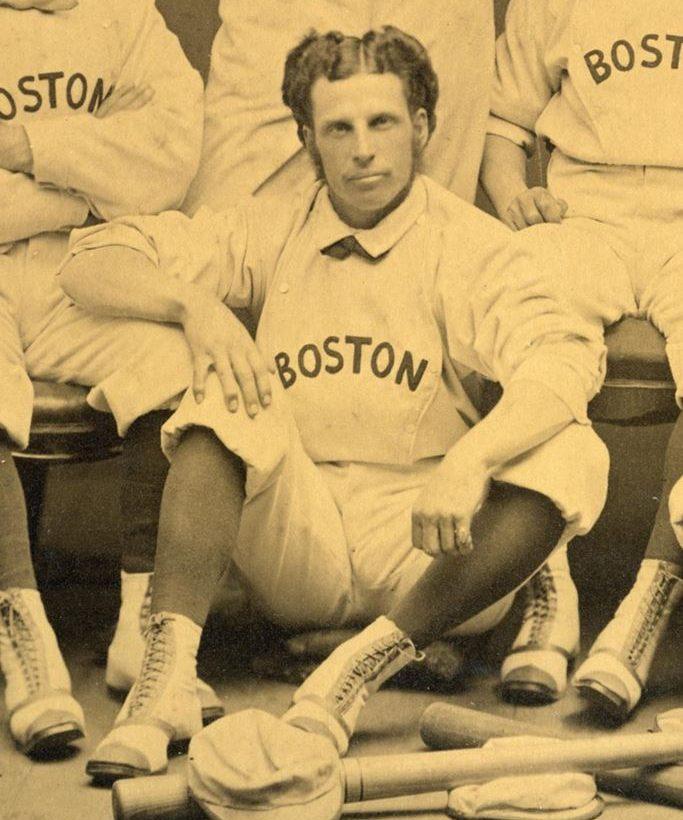
I was curious what became of the original ball that Cartwright took to Hawaii with him from the Knickerbocker club? He wrote about having it with him in Hawaii.